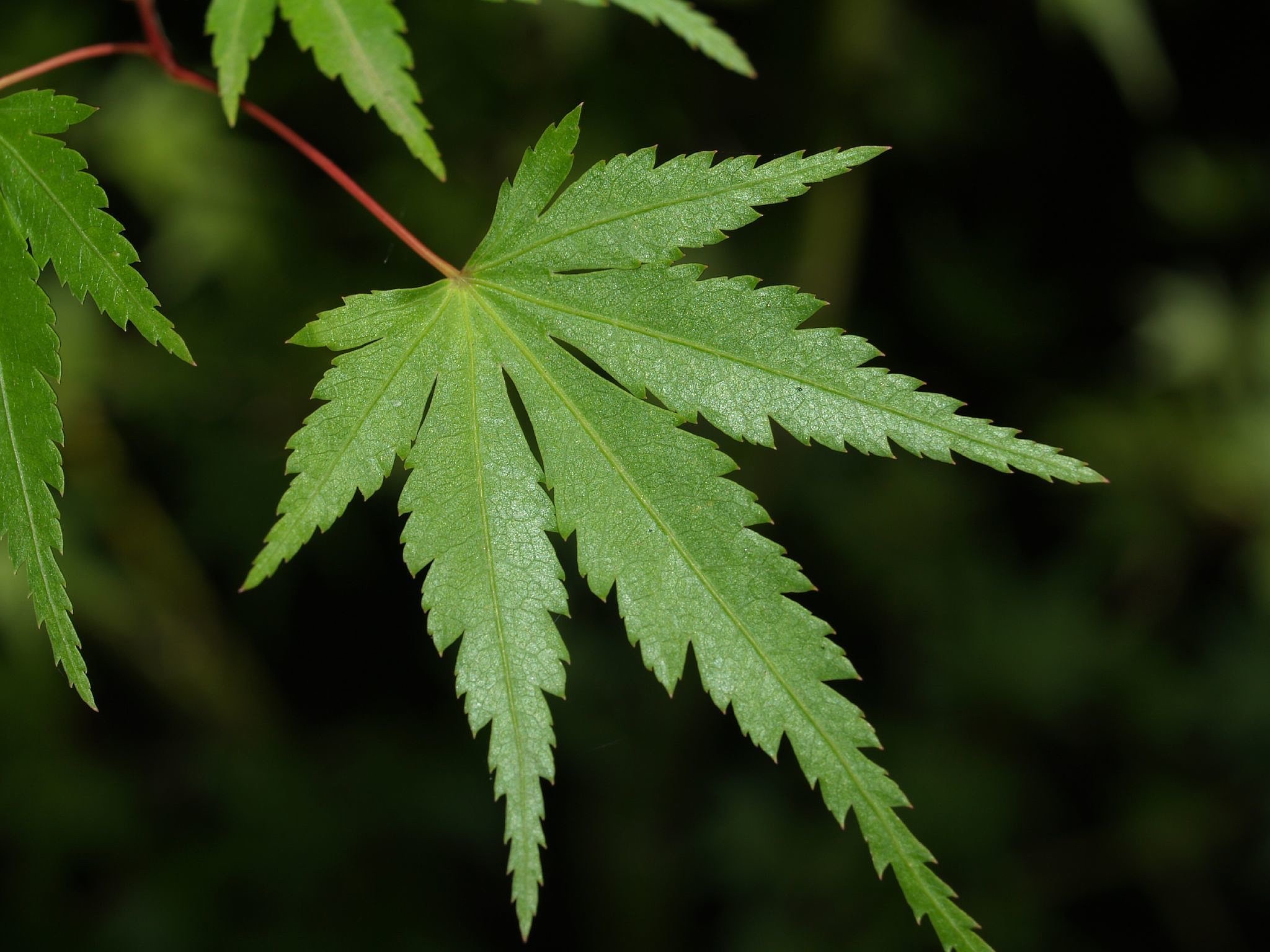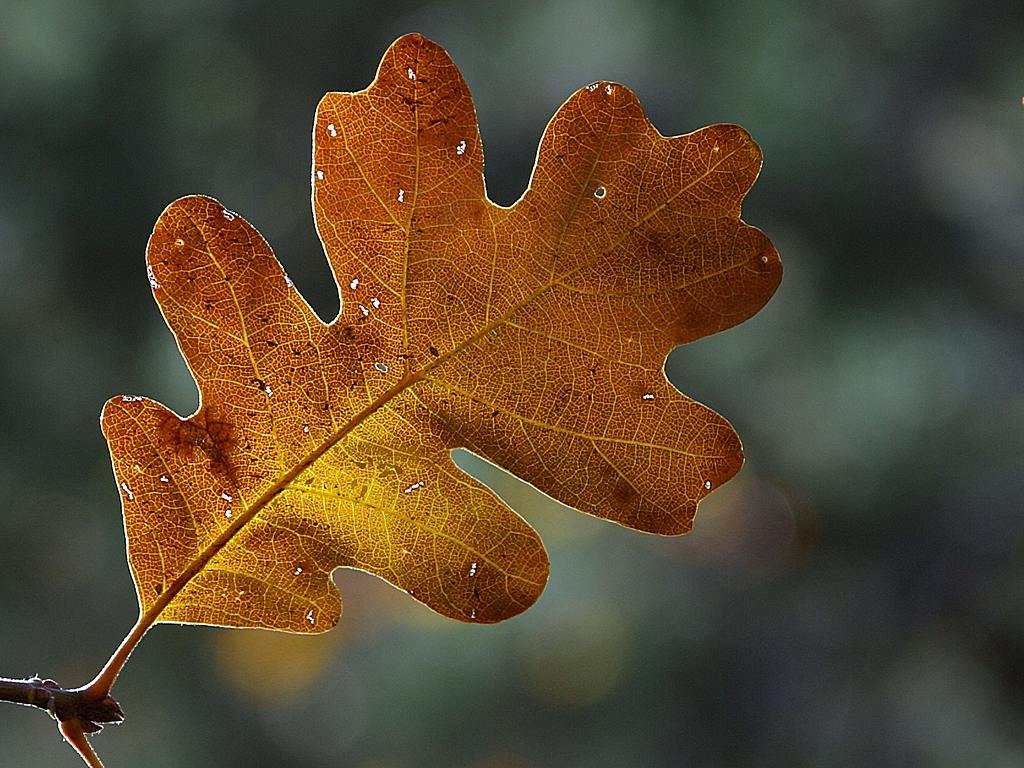

Across all sites, red maples had higher thermal tolerance of photosynthesis ( T crit) than white oaks, suggesting a greater ability to withstand temperature stress from the urban heat island effect and climate change. The exceptions were δ 13C and δ 15N, which did not vary in white oak foliage but were significantly depleted (δ 13C) and enriched (δ 15N) in urban red maple foliage. Overall, white oaks ( Quercus alba L.) show more differences in chlorophyll fluorescence parameters and leaf traits by city and site type (urban vs reference) than red maples ( Acer rubrum L.).
#Maple leaf vs oak leaf Patch
In this study, we examine chlorophyll fluorescence parameters, leaf traits, foliar nutrients and stable isotope signatures of urban forest patch trees compared with trees growing at reference forest sites, in order to characterize physiological response of these native tree species to the urban environment of three major cities arranged along a latitudinal gradient (New York, NY Philadelphia, PA Baltimore, MD). Although we know that the urban environment may be stressful for trees planted in highly developed areas, it is not clear that trees in urban forest patches experience the same stressful environmental impacts. Symptoms and first aid.The provisioning of critical ecosystem services to cities of the eastern USA depends on the health and physiological function of trees in urban areas. National Institute for Occupational Safety and Health. Poison ivy, oak, and sumac: What does the rash look like? Poisonous plants: types of exposure.Īmerican Academy of Dermatology. The National Institute for Occupational Safety and Health. Himalayan blackberry identification and control. Poison ivy, oak, and sumac: Who gets a rash, and is it contagious?. Pacific poison-oak.Īmerican Academy of Dermatology Association. University of California Agriculture & Natural Resources. Pacific poison-oak and western poison-ivy: identification and management. Poison ivy, oak, and sumac dermatitis: What is known and what is new? Dermatitis. You may need to wash your dog or cat if your pet has tromped through the poison oak-your pet probably won't get a rash, but the plant's oil may stick to their fur and transfer to you when you pet them. You need to thoroughly clean your clothing and gear before you wear or use it, and you should use gloves when doing so. You may also rinse with rubbing alcohol or a specialized poison plant wash. Wash as soon as possible with cool water and a degreasing soap (such as dishwashing soap) if you have had possible contact with poison oak. During this time, the rash can be extremely itchy. Blisters will eventually crust over, and the rash will heal in 2 to 3 weeks. The rash develops shortly after itching begins, and then blisters can form, which will weep if they break open.

Usually, the rash shows up in a few hours, but in some cases can take as long as 2 to 3 weeks, especially if this is your first time being exposed to the plant. Poison oak rash usually appears as red, itchy raised bumps on the skin, although some people report black lumps or streak instead, or experience both. This poison oak has rounded leaves rather than oak-shaped leaves, so you might not immediately think it is poison oak. You might think it was just another shrub as you passed by it at the street corner. This photo is an example of poison oak growing profusely, almost as a hedge. You can see poison oak plants growing in all of these ways within a few feet of each other. This is where the challenge of identifying these plants comes into play.Īdditionally, the plant itself may be seen as single stalks close to the ground with three leaves. The leaves may be notched, round, or oak-like depending on what other foliage is around the poison oak plants. There are no additional leaves on the same stalk. The third juts out from them at a right angle, forming a triangle. When in a three-leaf formation, two leaves are attached directly to the stalk opposite each other.

This suggests that more leaves may be present and still be poison oak, though this is typically not the case. Research reveals that poison oak "usually" appears in a pattern of three leaflets branching from a single, independent stem.


 0 kommentar(er)
0 kommentar(er)
